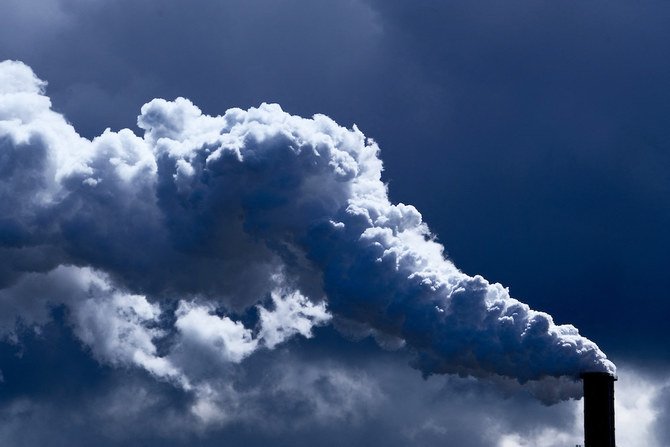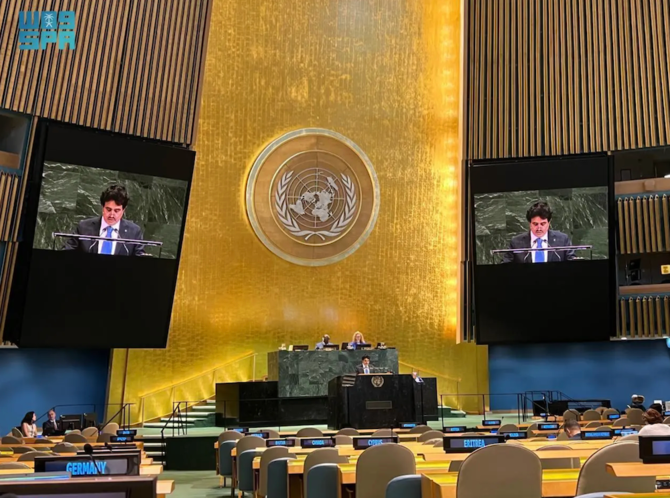Caline Malik
DUBAI: As Arab Gulf states step up action toward reducing greenhouse gas emissions in the lead-up to the COP26 climate summit in Glasgow in November, Saudi Arabia and the UAE have emerged as regional leaders in the shift to renewables and decarbonizing the energy sector.
A recent report by the Atlantic Council, a US think tank, highlights steps taken by both countries, while also offering a view of the unique challenges each faces in the global energy transition.
The report comes as climate scientists urge nations to drastically cut their carbon emissions and to make the transition away from fossil fuels toward clean renewable energy in an effort to prevent global temperatures rising any further.
Gulf Cooperation Council (GCC) states have accelerated action toward reducing greenhouse gas emissions, including the adoption of renewables and methods to remove carbon from the atmosphere, as well as addressing their economic reliance on the export of hydrocarbon products.
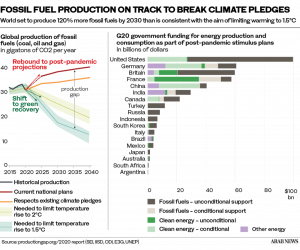
According to the Atlantic Council report published last month, the amount of global energy demand met by traditional renewable energy sources, including wind, solar, geothermal, tidal and hydro, has risen by more than 70 percent in absolute terms since 2000.
But with rapid population growth and accelerating economic activity, the report warns there will likely be a lag in the rate of penetration of new technologies designed to offset further emissions.
The report, titled “The Energy Transition in the Arab Gulf: From Vision to Reality,” and written by Jean-Francois Seznec and Samer Mosis, said that there is huge potential for solar energy in the Gulf region.
Indeed, both Saudi Arabia and the UAE rank among the top 15 countries worldwide in terms of practical photovoltaic power potential. Studies have shown that annual average solar radiation in the GCC countries is equal to 1.1 barrels of oil equivalent per square meter.
The report’s authors praise the Kingdom’s adoption of the circular carbon economy platform, or CCE, which lends an overarching strategy to Saudi Arabia’s approach to the energy transition.
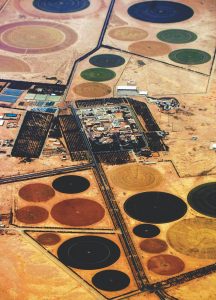
They recommend the creation of a unified vision for decarbonization and, for good measure, centralized and transparent planning in the shift to cleaner energy and economic activity.
CCE is a closed-loop energy strategy designed to promote the reduction, reuse and recycling of carbon products and even their removal in an effort to eliminate harmful pollutants from the atmosphere.
Energy ministers from the G20 group of leading economies endorsed Saudi Arabia’s CCE approach to managing greenhouse gas emissions last year when the Kingdom held the G20 presidency.
In partnership with Saudi Aramco, the Kingdom has made energy efficiency and the minimization of flaring at its oil fields top priorities in mitigating climate change, alongside fossil-fuel reduction through substitution with low-carbon energy sources such as renewables, hydropower, nuclear and bioenergy.
Seznec, one of the report’s authors and a nonresident senior fellow at the Atlantic Council Global Energy Center, praises efforts made by Saudi Aramco toward carbon capture and describes the main transition challenge as organizational.
“I am a great admirer of it and how it is managed,” Seznec told Arab News. “But their view is that, to have a proper transition and a decarbonized economy is to use the assets they have, which is carbon and oil, and to decarbonize that.
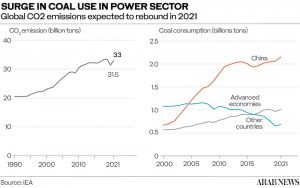
“The capture of CO2, which comes out of oil when they burn it, is then reinjected underground, and they’ve done some of that with medium-sized plants.”
By using this kind of technology, CO2 can be captured from the air and stored in the ground, or reused for useful products, such as fuels, bioenergy, chemicals, building materials, food and beverages. It can also be chemically transformed into new products such as fertilizer and cement, or other forms of energy such as synthetic fuels.
Methods such as these involving carbon capture, utilization and storage technologies, or CCUS, are seen as a potential game-changer in the world’s efforts to quickly reduce CO2 emissions.
In its latest report published in August this year, the UN’s Intergovernmental Panel on Climate Change warned that without the widespread adoption of CCUS technologies, long-term global climate goals may be unreachable.
But because the type of plants used by Aramco are expensive, only a handful has been built worldwide. Aramco is in the process of developing more, which could make such technologies increasingly attractive to other countries.
Nevertheless, “from the point of view of oil producers, such as the Abu Dhabi National Oil Company and Aramco, it is very important to continue producing, by keeping the value of the asset in the ground,” Seznec added.
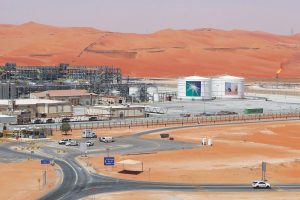
According to the report, although Aramco is at the forefront of the Kingdom’s work on the CCE, it is not the only big player. Seznec argues that it makes sense to have a more centralized approach.
“In Saudi Arabia, this means support from the country’s leadership for Saudi Aramco and SABIC’s technologies in CCUS, crude-to-chemicals, and the circular carbon economy,” the report read. “For the UAE, this means staying the course with ADPower and ensuring that it has the bandwidth to extend its expertise to broader portions of ADQ.”
New technologies are set to play a pivotal role in cutting CO2 emissions worldwide and in the Gulf’s economic energy transition in the future. For Seznec, decarbonization will serve the Kingdom and the UAE best as they develop technologies to improve the process and sell it to the rest of the world.
“I would strongly suggest that the Gulf countries make an effort to control and develop the technology themselves, just as they did for chemicals, because once they do, then they can make money on the technology and the new sources of energy,” he said.
“It’s very important that it’s centralized and developed very actively on both sides. It should happen as quickly as possible, and it can only happen if what’s efficient is pushed first.”
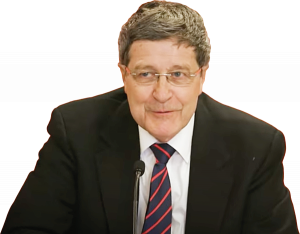
Developing CCUS technologies could provide regional countries with another potentially valuable line of exports, Seznec said. But the future lies in the hands of inventors and engineers.
“Saudi Arabia has done this superbly in many other areas in the past, so I’m not worried they can’t do it in the future,” Seznec said. “The development of technology is really what needs to be centralized and the tech experts have to be given the means to do what they need to do to achieve that.”
The means to do this include strengthening the private sector through investment, in addition to government investments in state-owned companies.
Both Saudi Arabia and the UAE were advised in the report to limit the extent to which private firms can be taken over by state entities, while actively helping their respective private sectors acquire foreign tech firms, with a priority on knowledge and skills transfer.
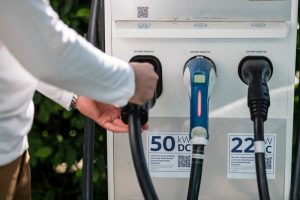
It will also require investment in education. The report urged both countries to help universities and existing state entities, such as Aramco and SABIC, to research and commercialize locally developed technologies.
“Both countries should set a goal of making CCUS commercially viable, emphasize local content requirements in all renewables and circular carbon economy projects, much like Saudi Aramco has done with the In-Kingdom Total Value Add (iktva) program,” the report said.
It also urged the Kingdom and the UAE to “encourage national oil companies, such as ADNOC and Saudi Aramco, to match the goals set by many international oil companies of getting to zero net emissions by a target date.”
————–
Twitter: @CalineMalek



